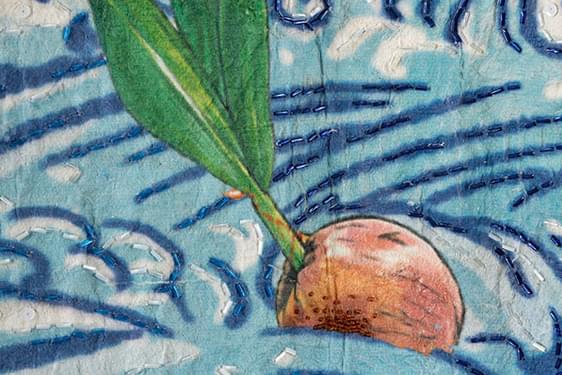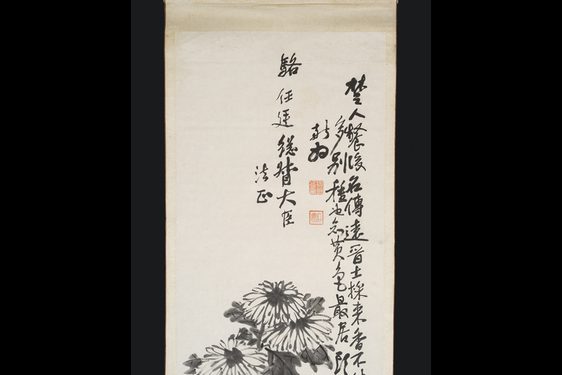
Bringing a Māori waka taua back to life
News Story
Māori craftsmanship and museum conservation bring to life one of our most unusual and intriguing objects.
How did the waka come into the collection?
The Māori waka taua (war canoe), was first added to the museum’s collection in 1854. It was considerably damaged and missing a stern post. This waka taua is probably the largest, most complete Māori water craft in any collection outside Aotearoa New Zealand. But it had rarely been displayed as it was so difficult to interpret.
The waka taua comprises of a river boat hull and war canoe wash-strakes. Additional pieces such as a prow had been made to give it the shape and designs of a war canoe, even though it was less than half the full size.
The waka taua dates from as early as 1827. It is likely to have been associated with Scottish-born Sir Thomas Makdougall Brisbane, Governor of New South Wales (1821-25) who may have brought the waka taua to Scotland. The canoe was never sailed, and was probably made for sale to European visitors.
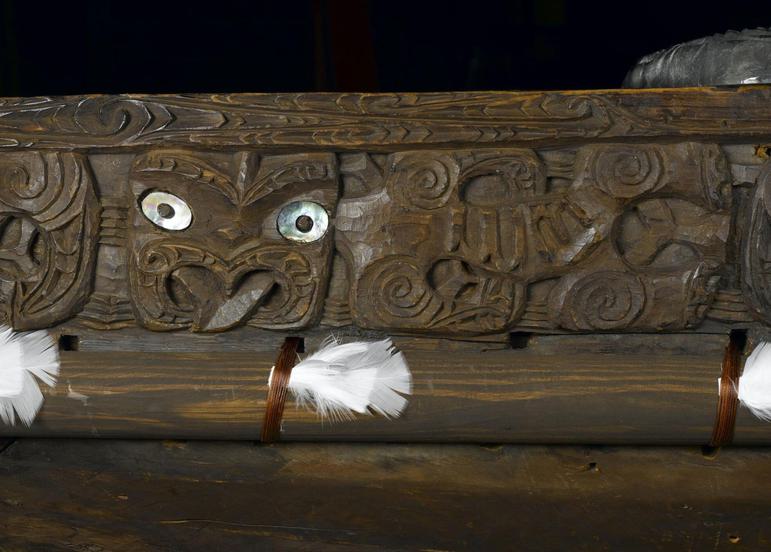
Restoration of the waka
In 2008 the waka taua was restored and brought back to life. George Nuku, a highly-regarded Māori artist, was commissioned to work with the conservation team at National Museums Scotland. Together they restored the decorative carving and shell inlay on the waka taua. They completed the 19th century work with the addition of a new stern post carved from acrylic. The blending of old and new materials highlights the difference between the original vessel and the modern artwork.
The beauty of transparent acrylic is that it doesn't overpower what is already there. It almost embodies the spirit of what you are making and doesn't detract from the original artefact.
George Nuku
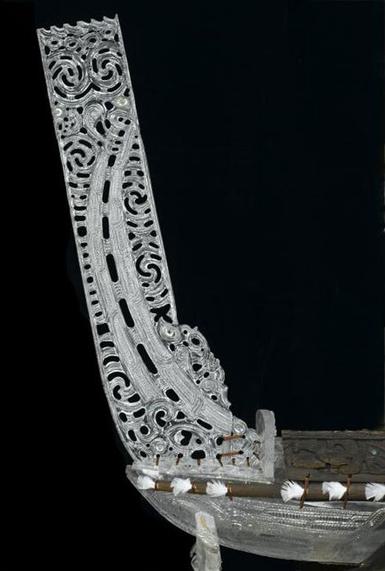
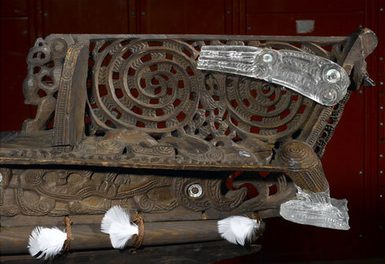
Māori people have always cared for their objects, houses, and canoes by repairing and replacing pieces when needed. George continued this tradition by guiding the repair of the canoe and adding the stern.
All objects have power, or mana, in Māori culture. This is a spiritual force which connects the Māori with their ancestors who first arrived in Aotearoa New Zealand by canoe. Before any work could be undertaken on the canoe, George addressed the canoe at a ceremony. Everyone working on the project was present. At the ceremony the canoe was given a name ‘Te Tuhono’ meaning ‘to join’.
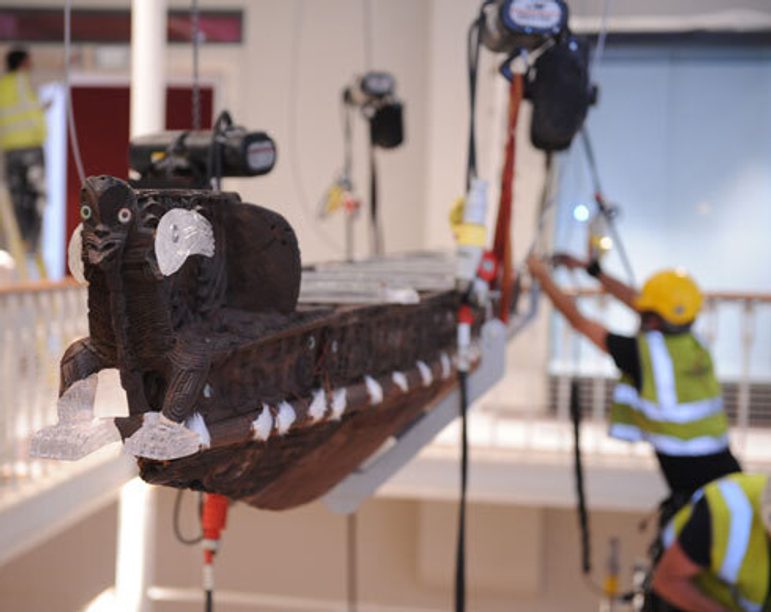
The waka in the Museum
Now Te Tuhono forms a centrepiece of the Facing the Sea gallery in the National Museum of Scotland. This gallery focuses on the cultural diversity of the peoples of the Pacific and their close relationship with the ocean. The work on the waka has revealed much about its history, both in the museum and how it came to be in the collections.

